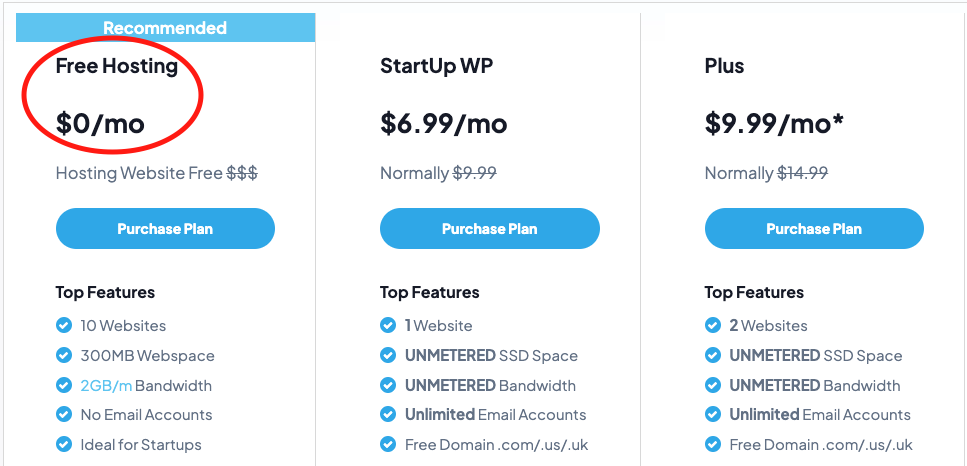Know Everything About CDN & How They Can Improve Your Website’s Speed | The Basics
This is the time when everything is expected to be done super fast. The same law goes for the websites.
In the study done by HubSpot, it concluded that 47% of the users don’t wait for more than 2 seconds to load the website. In case your website is taking longer, you are in a serious bounce rate threat. How? You will be losing the user’s attention resulting in the loss of potential customers or clients.
Let’s discuss the numbers. Any web page that takes longer than 3 seconds to load loses 11% of its page views, and to sum it up, with every 1 second delay, you are losing 7% of the conversions. CDN can help you there.
What Is A CDN (Content Delivery Network)?
Before we talk about the advantages of CDN, let us discuss what it exactly is? A Content Delivery Network is a network of computers across a geographical location that is made to work together for content delivery.
With the help of CDN integration on your website, you can get a quick content transfer. The content includes HTML pages, style sheets, JavaScript files, images, and videos.
In simple words, imagine sitting in New York and getting content loaded from the server in Japan. It is going to be a tiny bit slow. But, now imagine getting content from a server-based in New York itself, the response will be comparatively faster. That is what CDN helps you with.
Understanding How CDN Works?
Every server connected in CDN is known as an edge server, and each of its locations is known as Point of Presence (PoP). Here is how they work to speed up your website.
The user puts in the first request to access content on your website, say a service page. With CDN, the edge server closest to the user’s location will be responsible for retrieving from the primary servers while delivering the same to the user as quickly as possible.
Along with retrieving the content from the primary server and delivering it to the user, a CDN also caches the resources while saving a copy of it at the same time. How does it matter? Well, with the help of cache and saved copy, in case the user returns with the same request, they will be delivered content directly by the edge server without spending time to fetch it from the primary server like before.
Cool, Right?
Understanding Its Impact On Website’s Speed!
What is website speed? Website speed is the time a web page takes to fully load in your browser. What CDN does is speed up the process.
It is done in three ways –
- Reducing the distance between the users and the website content, which speeds up the loading of your website.
- Reducing the amount of data being transferred. Along with reducing the distance between server & user as discussed above, a CDN also compresses the file, reducing the size of the file and increasing the load time of the web page.
- In addition to the speed, CDN can also optimize the connections for the websites using SSL certification, which helps increase the speed.
Reasons Why Everyone Loves Luhnar?
There are many CDNs in the market today, like Cloudflare, Stackpath, Rackspace, etc. Then why should you for Luhnar? The best part about Luhnar is its flexibility. It can easily fit itself in WordPress, Shopify, Php, Django platforms, making it quite flexible. Apart from that, this feature-packed CDN has it all. Right from the image optimization, edge catching, Network acceleration, Uptime monitoring to Free dedicated SSL Certificate. All these reasons combined have made this CDN popular and a smart choice.
Final Words
When it comes to the online performance of a website, speed always comes on the top. With CDN’s like Luhnar, you can easily improve the speed of your website significantly. So, if you are tired of trying everything to optimize your website’s speed, it is the right time to go for a CDN. Check out the details now and see for yourself if it is worth it or not.

